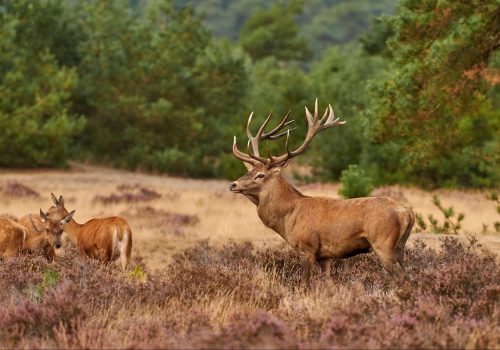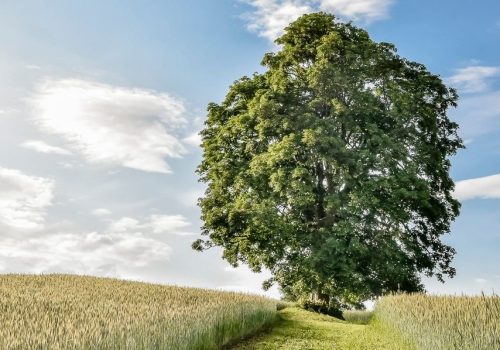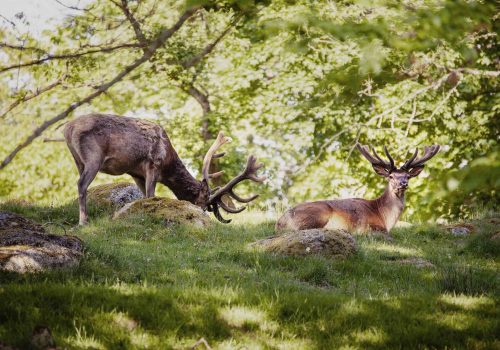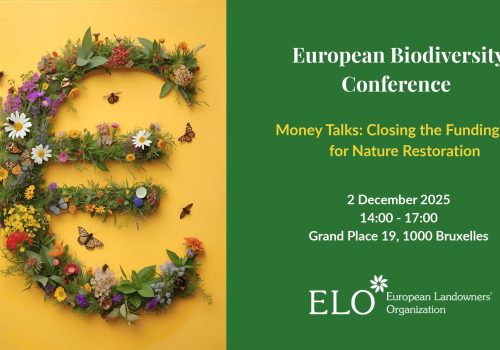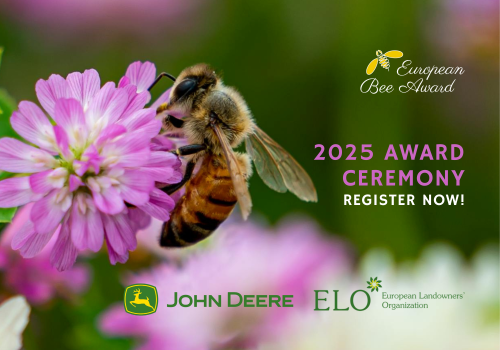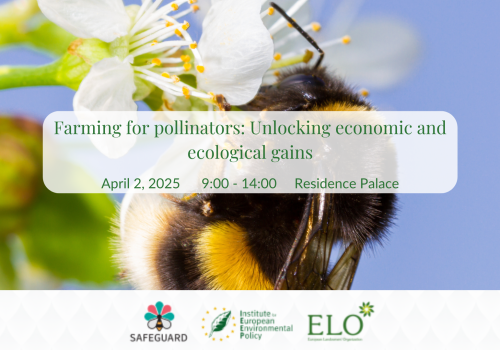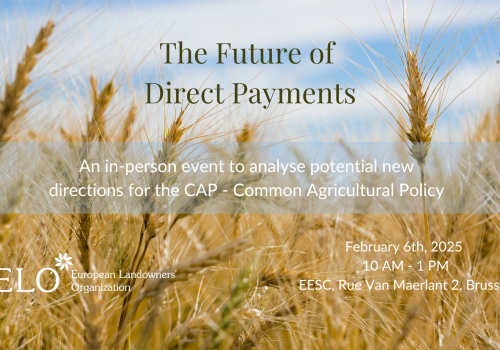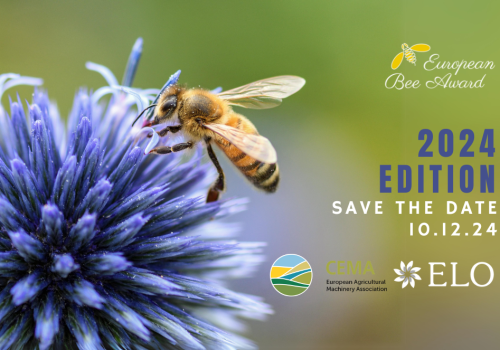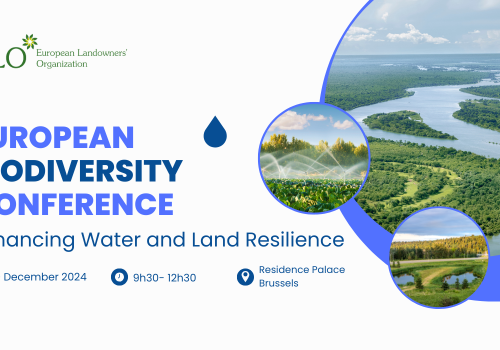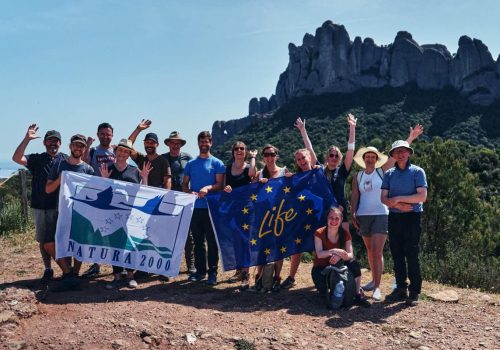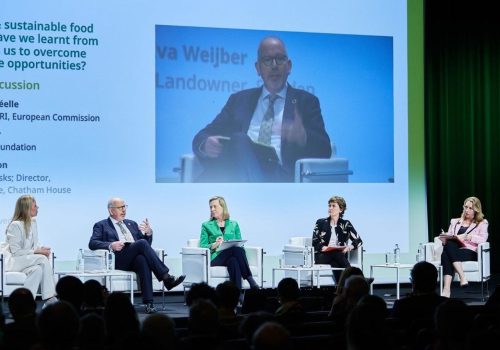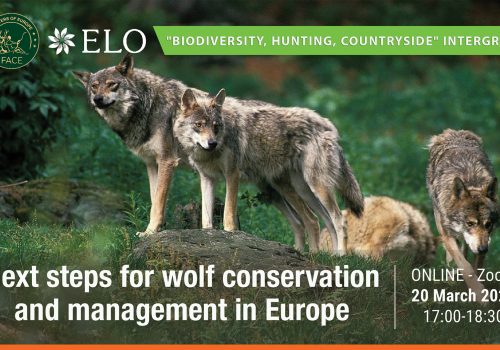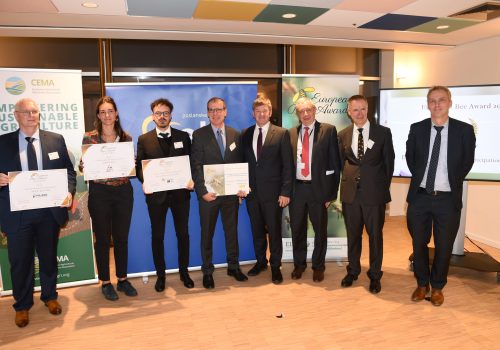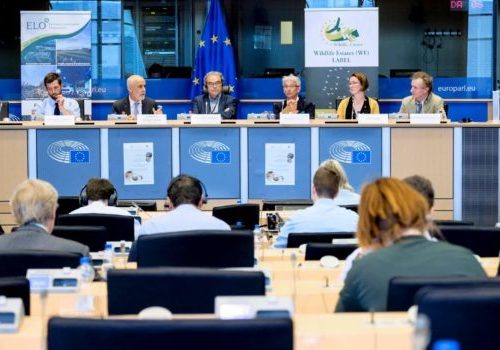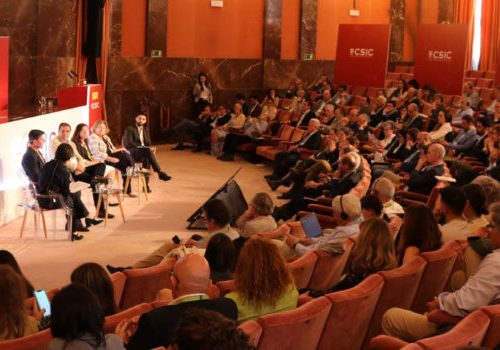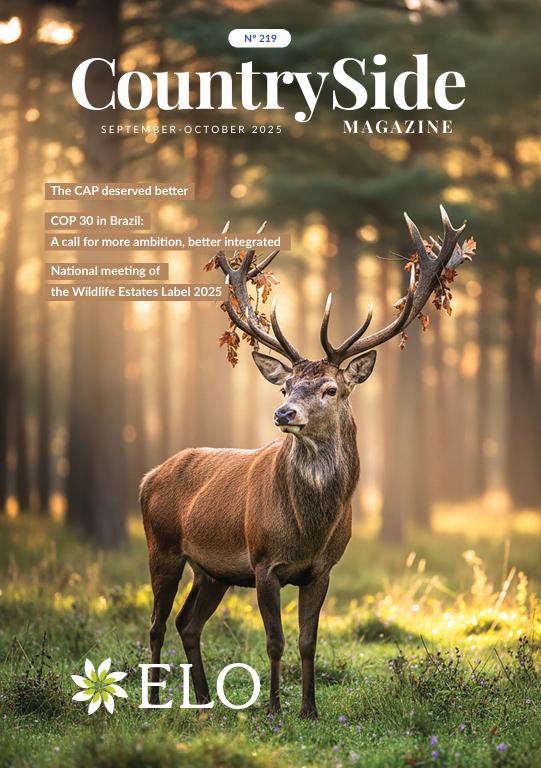Biodiversity
The adoption of the Nature Restoration Regulation in 2024 marked a major milestone in EU environmental and biodiversity policy, setting an ambitious goal to restore at least 20% of degraded ecosystems by 2030.The regulation sets specific targets for various ecosystems, habitats, and species but faces challenges in rebuilding trust with farmers, foresters, and land managers who felt overlooked. Concerns remain over its long-term effectiveness and enforcement.
As 2025 focuses on developing Nature Restoration Plans, ELO plays a key role in a European Commission’s working group on landscape features and pollinator restoration. In parallel, a comprehensive financing report, including funding opportunities and potential adjustments under the Multi annual Financial Framework (MFF), is also expected.
The EU Biodiversity Strategy for 2030 sets ambitious targets to protect 30% of EU land and seas, with 10% under strict protection. However, securing commitments from Member States remains a challenge. ELO highlights the need to address climate change, invasive species, and risk management while ensuring active land stewardship. It is also actively engaged in discussions on Other Effective Area-Based Conservation Measures (OECMs) to recognise landowners' contributions to biodiversity.

